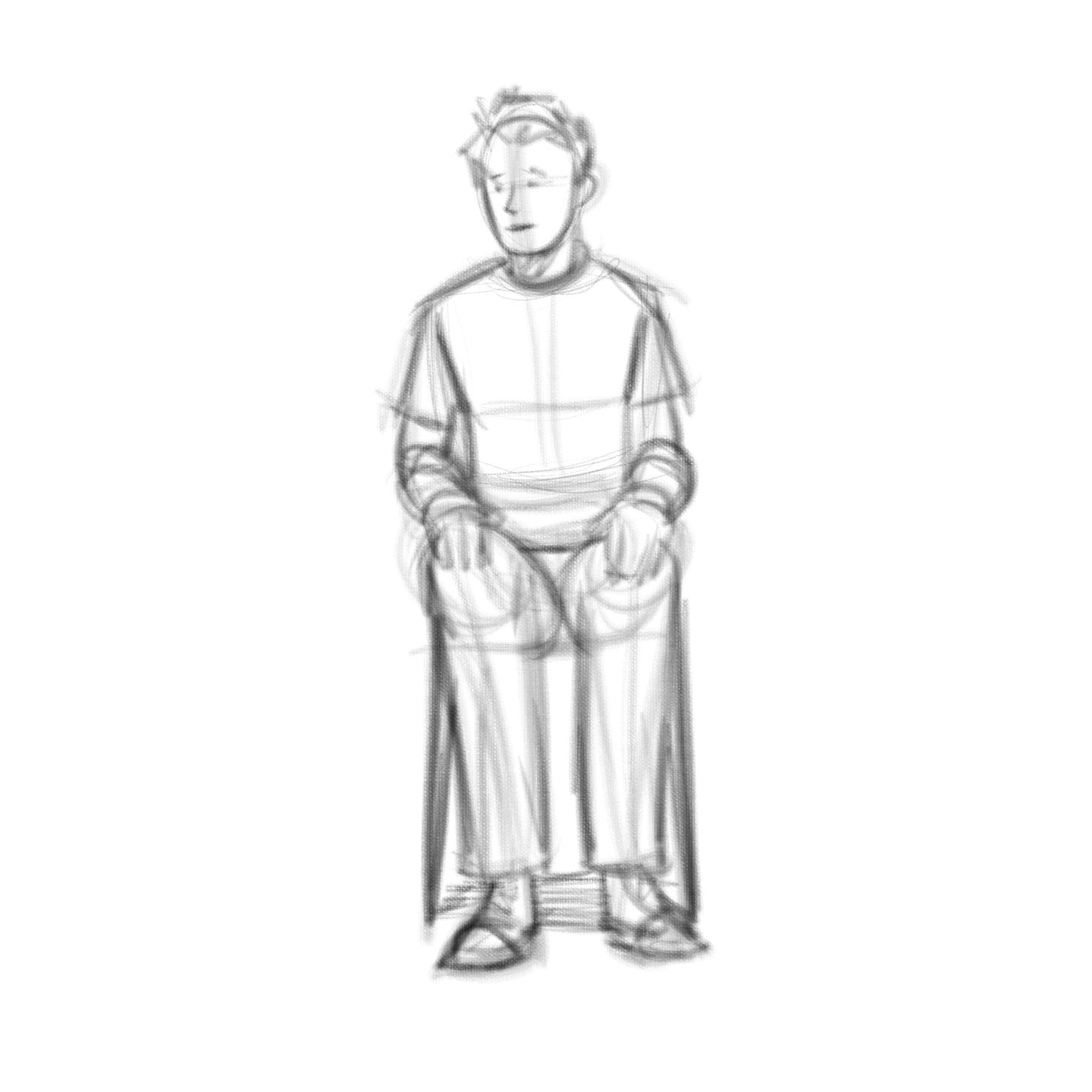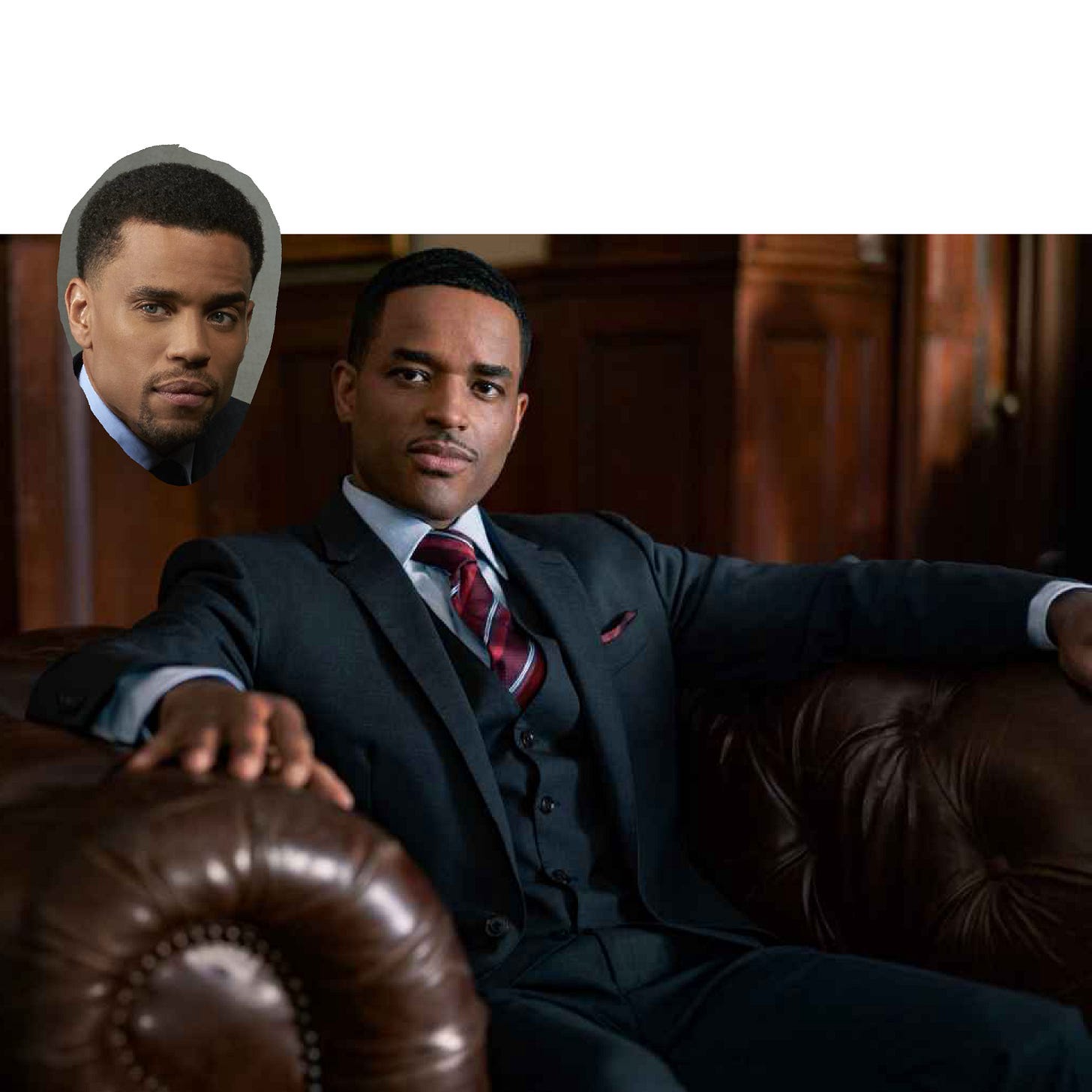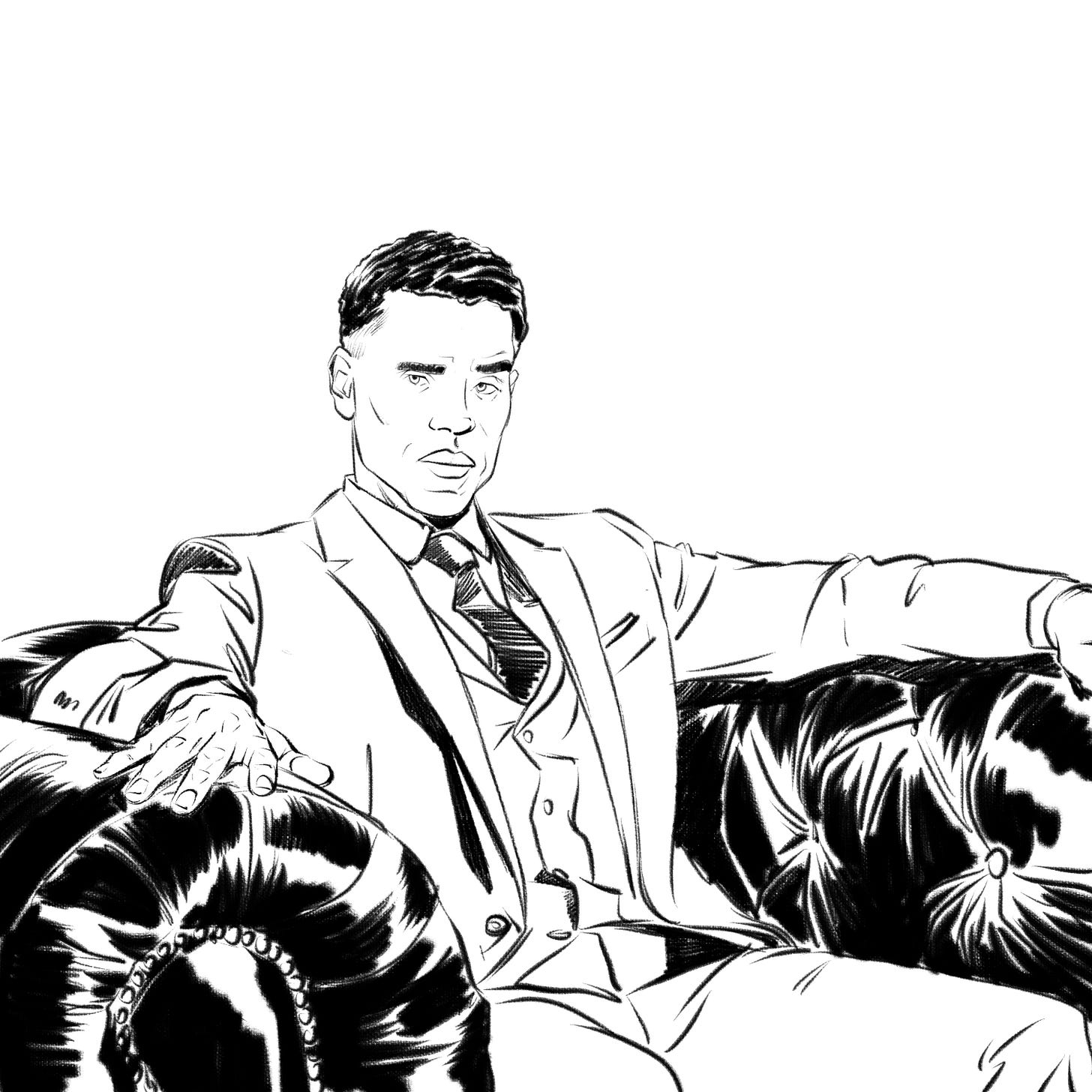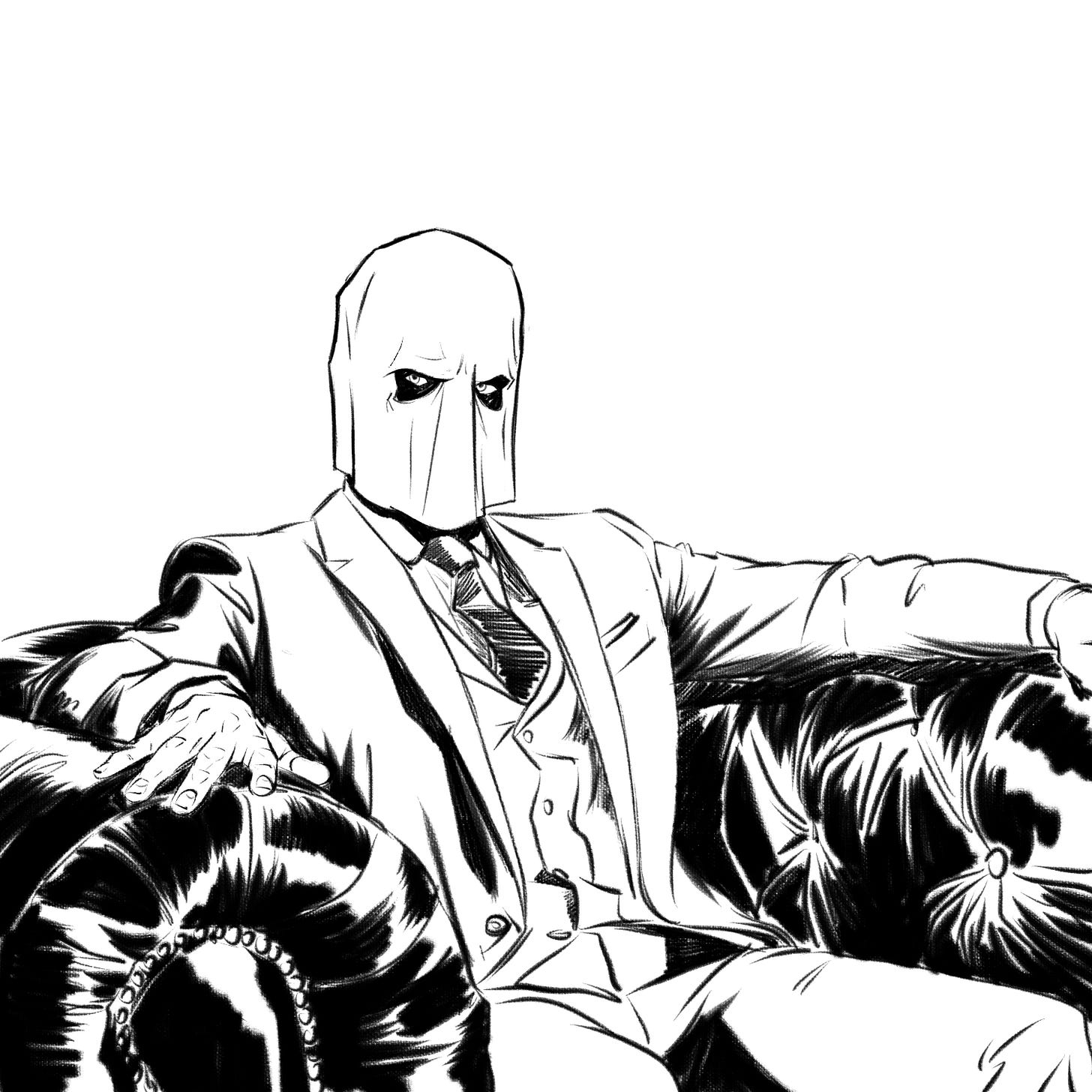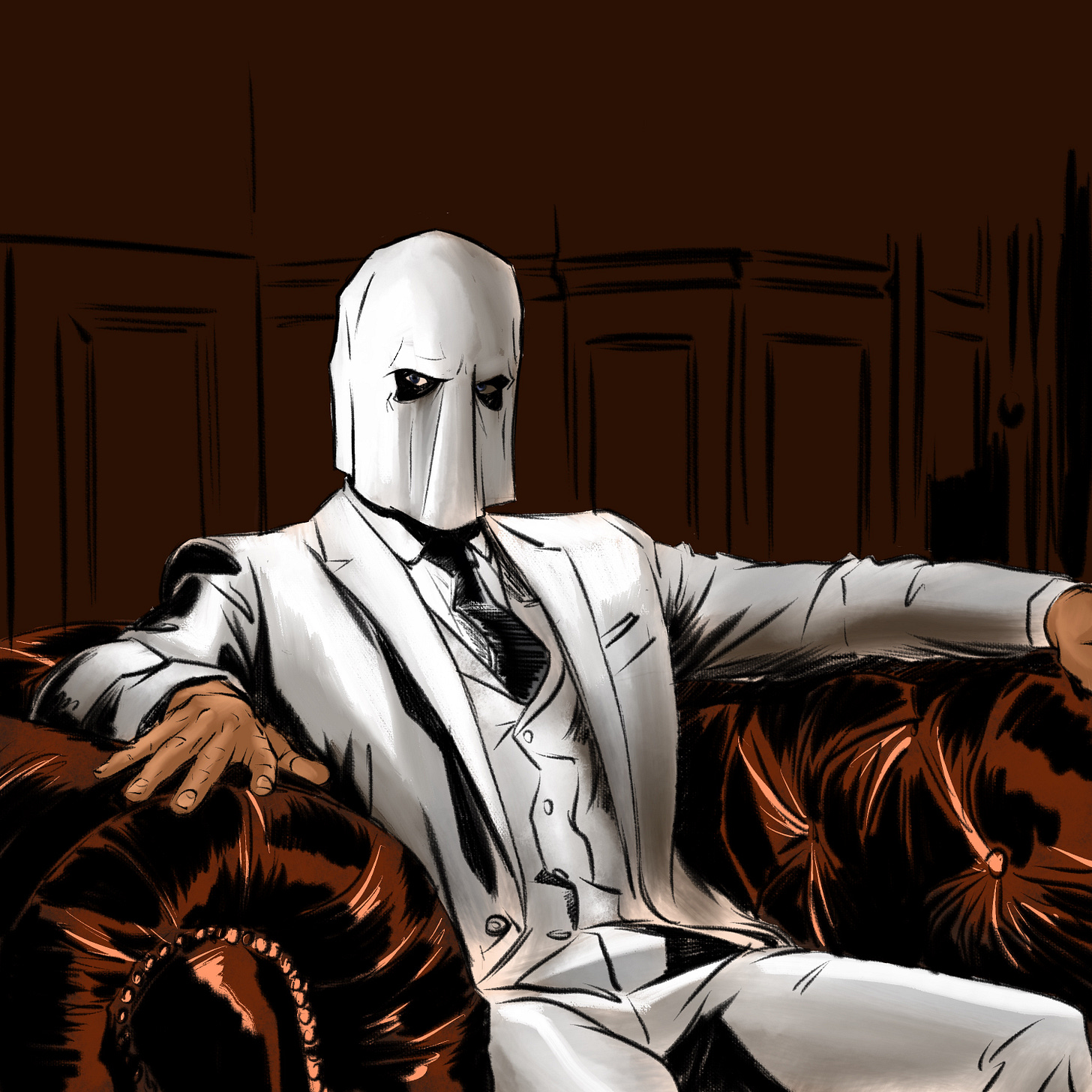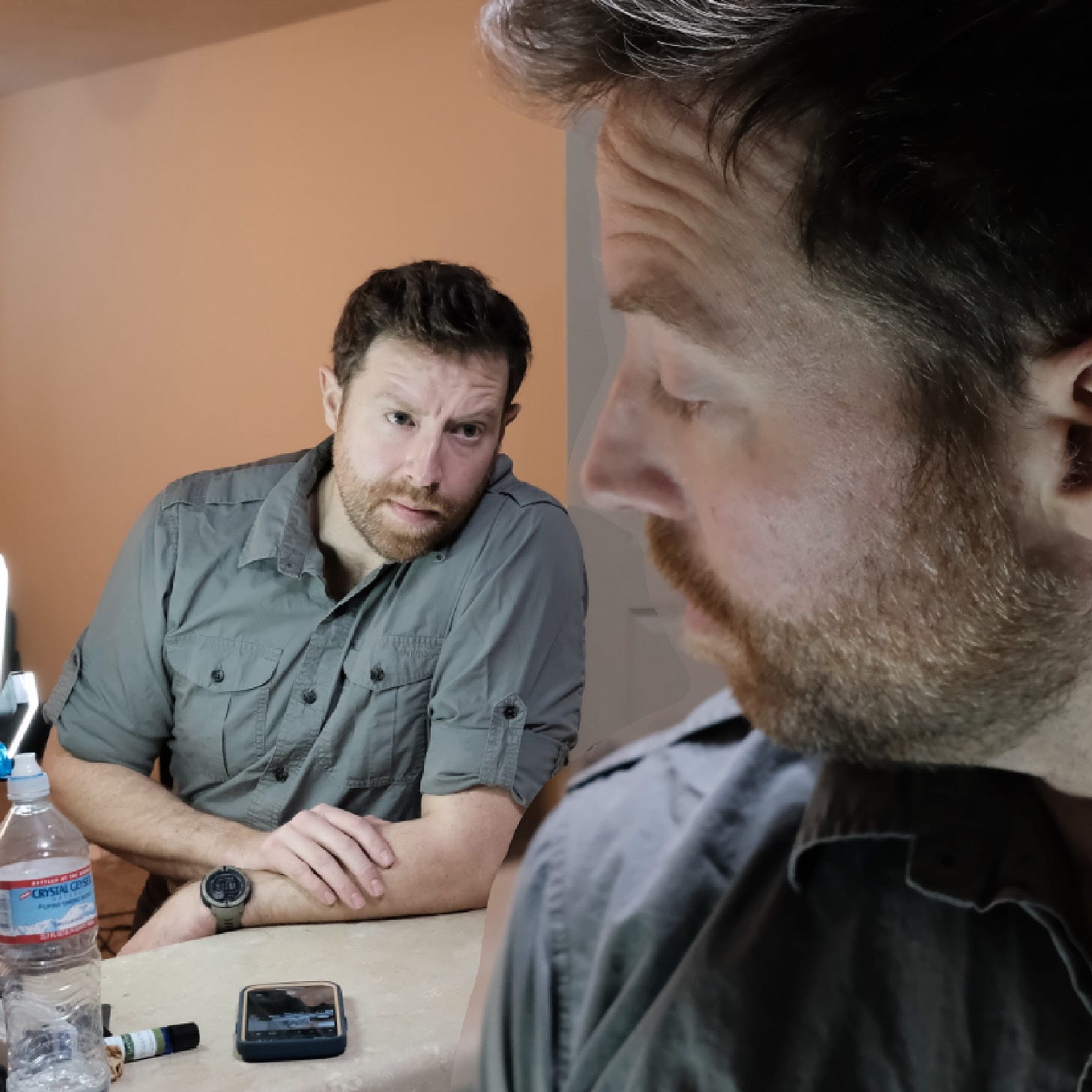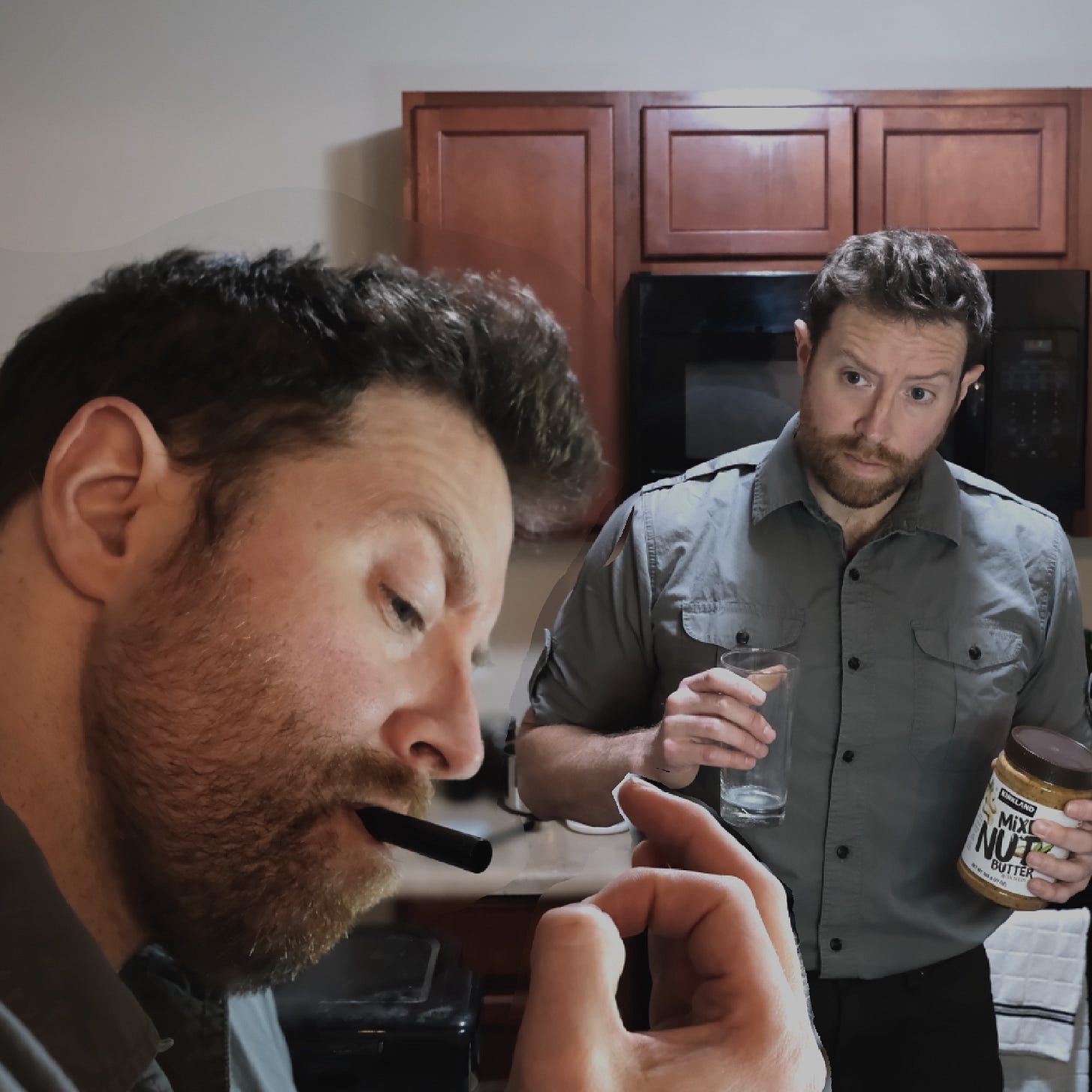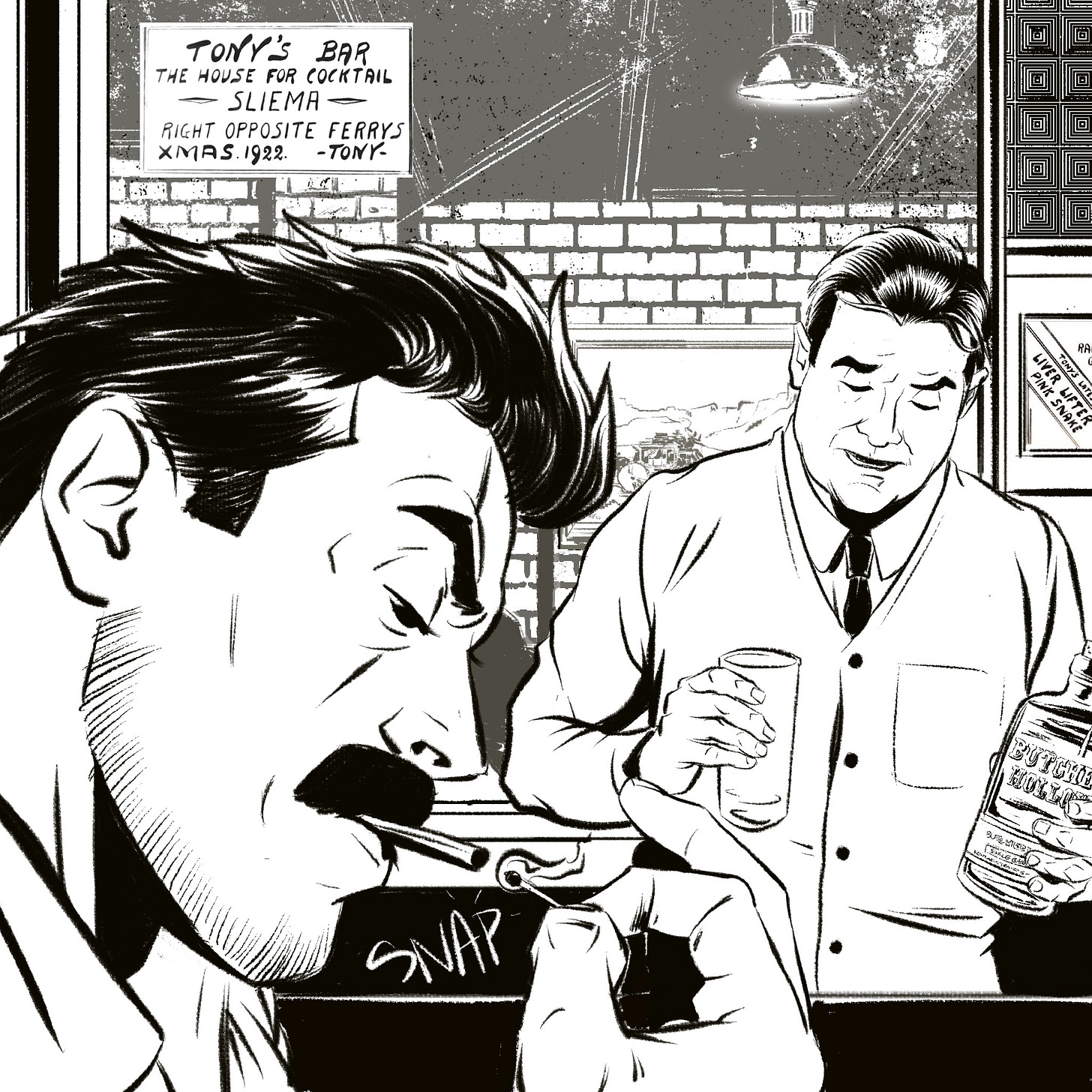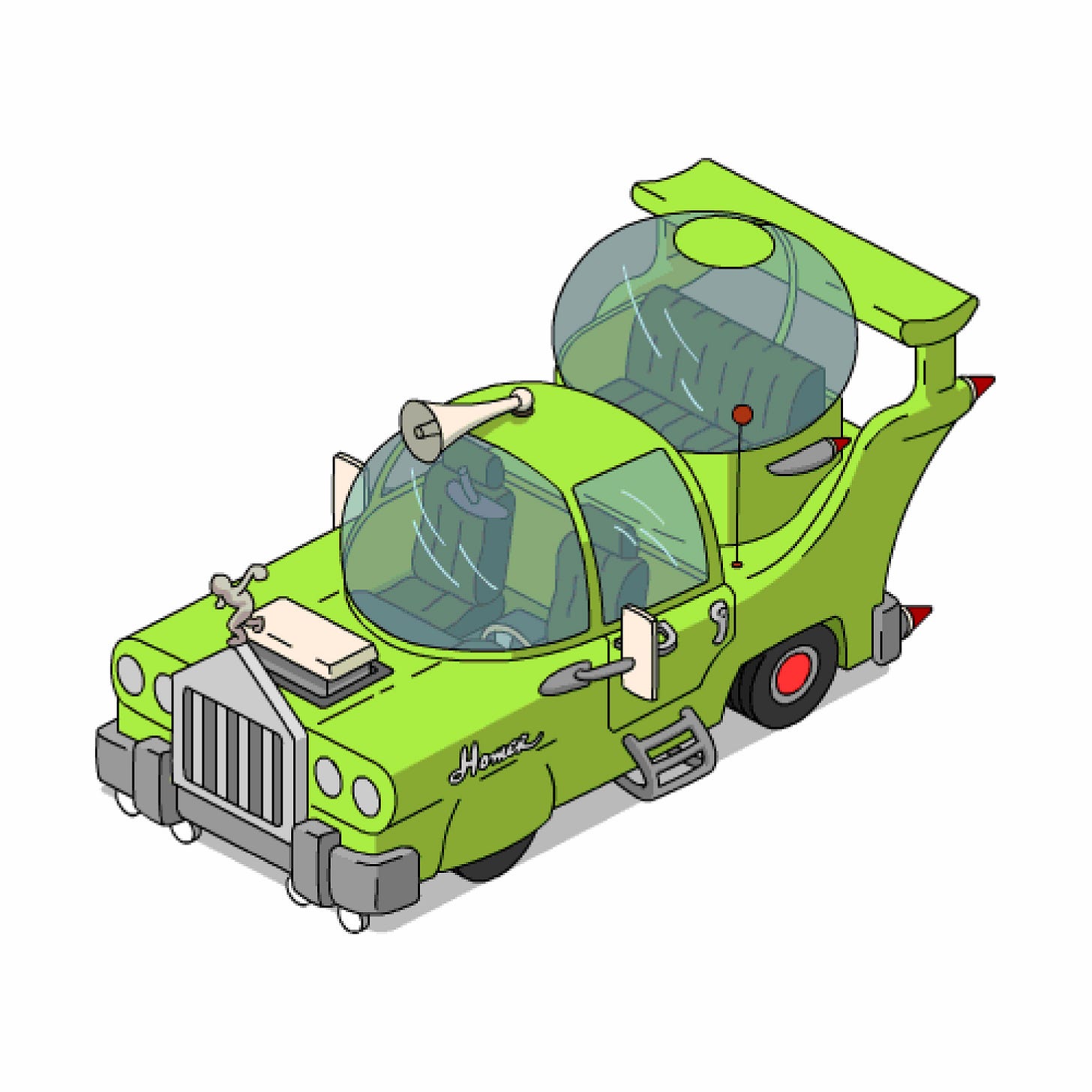I’ve been drawing professionally for a while now.
Initially I devoted my time to the craft of making comics. This is a speed driven form of creation. To be a working professional in the industry it’s generally understood that you have to be able to draw a complete page of comics in a day.
When you’re starting out, that just isn’t feasible. As my mentor was fond of saying, “you have to get good, before you can get fast.”
So what do I mean when I say, “fast”?
Well you might think I’m referring to the speed at which I can move a pencil or stylus across a surface to render a drawing-and you’d be wrong.
Drawing is much more of a mental exercise than people think. Yes, there is a high degree of muscle memory and control, but a LOT of the time that goes into making an image, is simply just figuring out what the image is going to be. Knowing what you’re doing, coupled with muscle memory is what leads to speed.
If you draw a lot, that’s great. You’ll learn control of your tool. However, that’s not going to make you someone who “draws,” well. You have to study to do that. To study, is to use reference.
Isn’t reference, cheating?
This comes up a lot with amateurs or people new to the profession. For some reason neophytes in the field think that it’s cheating to not come up with things straight out of their imaginations. My main issue with doing it this way is that things look boring and the artist’s characters tend to look the same no matter what the story is or where it takes place.
I’m going to give you a task, okay? Picture a man sitting in a chair. He’s just sitting there, feet flat on the floor, hands resting on his thighs looking ahead. You got it?
Okay, now draw it.
If you try this little exercise from your imagination, chances are it isn’t going to turn out to be much. Proportions will be off, perspective is going to be all over the place, and it may not even look like a human. I’ll show you what I ended up with:
I limited myself to 5 minutes. Just wanted to throw down something quick. It’s a pretty generic guy. Probably Caucasian, maybe young, maybe not so young. Nothing really interesting or dynamic here.
Let’s see what happens when I use reference.
Once again, the task is to draw a man sitting in a chair. This time I want to draw a specific character, Stacker Lee. Stacker is a character from my graphic novel CARVER: A Paris Story so there are some added details we’ll need now.
Stacker always wears a suit, as well as a hood over his face. Easy enough. He’s a bit of a crime boss though, and sort of a bad mother f***er, so we got to add a little bit of panache to the setting.
I came across this picture after a quick Google image search and found a suited fellow, sitting in what looks to be a very comfy and regal easy chair.
Even though he’s going to have a hood on, it’ll be easier to draw the lines and folds over that face, if I draw the face in. Now this is very nit picky since you won’t see it, but I want a better face to put under the hood so I hopped back onto Google and found one that suits my needs better.
I’m convinced that a viewer can tell when an artist is phoning it in, and they can also intuit when one doesn’t overlook any detail. So yeah, this is unnecessary I supposed but I’m not one to cut corners.
After about 30 minutes I end up with something like this:
Notice the out of focus hand that I had to fill in, and the subtle details of the shape of the collar of the shirt.
In the 1920s, collars had rounded corners. This comes from the study of historical images and films set in the time. I don’t have to find a picture from the 20’s to reference the overall image, if I’ve STUDIED and know what decisions have to be made.
The hood comes fast too, but that’s from drawing still life studies of fabric draped over shapes. Yes, this came from my head like the hand and the collar, but the point is I had to place this information there in my mind to begin with.
It isn’t a creation from some well spout of my imagination, its a recalled memory of PREVIOUSLY recorded reference in my mind.
Finally, the end. All said and done about 90 minutes of drawing.
15 years ago, this would have taken me close to 8 hours and the result wouldn’t have been this good.
I’ve had 15 years to study though. Even then, my 5 minute doodle from my head wasn’t nearly as interesting or dynamic.
What if I can’t find a reference that works?
That’s easy. Shoot your own reference.
We all have cameras in our pockets now. Photos are free and instant.
I have a background as a theatre and on camera actor so I have a little bit of a leg up, but I’ll often pose as multiple characters in the same scene. I use a series of cameras and (semi professional) lights now, but I use to put my phone on a counter or a simple tripod, set the timer and get my reference that way.
Now with the app controllable DSLR cameras, and studio lighting, I can lock off the camera, put some marks down and move around the scene. Act out different movements as different characters, and blend the photos in my drawing program I use, Procreate on my iPad Pro.
Then those photos
Become these drawings
Clearly there’s more going on in the drawings than, what was in the reference. It doesn’t need to be 1:1. It just needs to give you enough of a framework to layout some structure and lines. You can be as detailed or vague as you want with your reference.
Walk before you crawl…
So I will admit, reference can be a bit of a cheat code because when you start using it, it’ll will immediately make your renderings more fleshed out. I wouldn’t have got through Paris Story without it. In the ensuing years, I’ve internalized WAY more visual information as I’ve demonstrated here, but I didn’t have 8 years to wait to get better. I needed to do the book back then.
So my one caution here, is don’t just copy your reference without changing it. I’m not saying that to keep you from a copyright suit, I’m saying that so you don’t make weird hodgepodge drawings.
Using reference can end up being a crutch for some people. They can’t draw ANYTHING without it, and this reliance upon it ends up usually looking like the car Homer Simpson designed.
Choose your ref wisely. Blend it well.
Don’t be a Homer.






